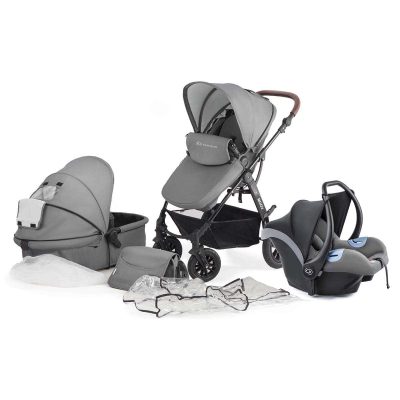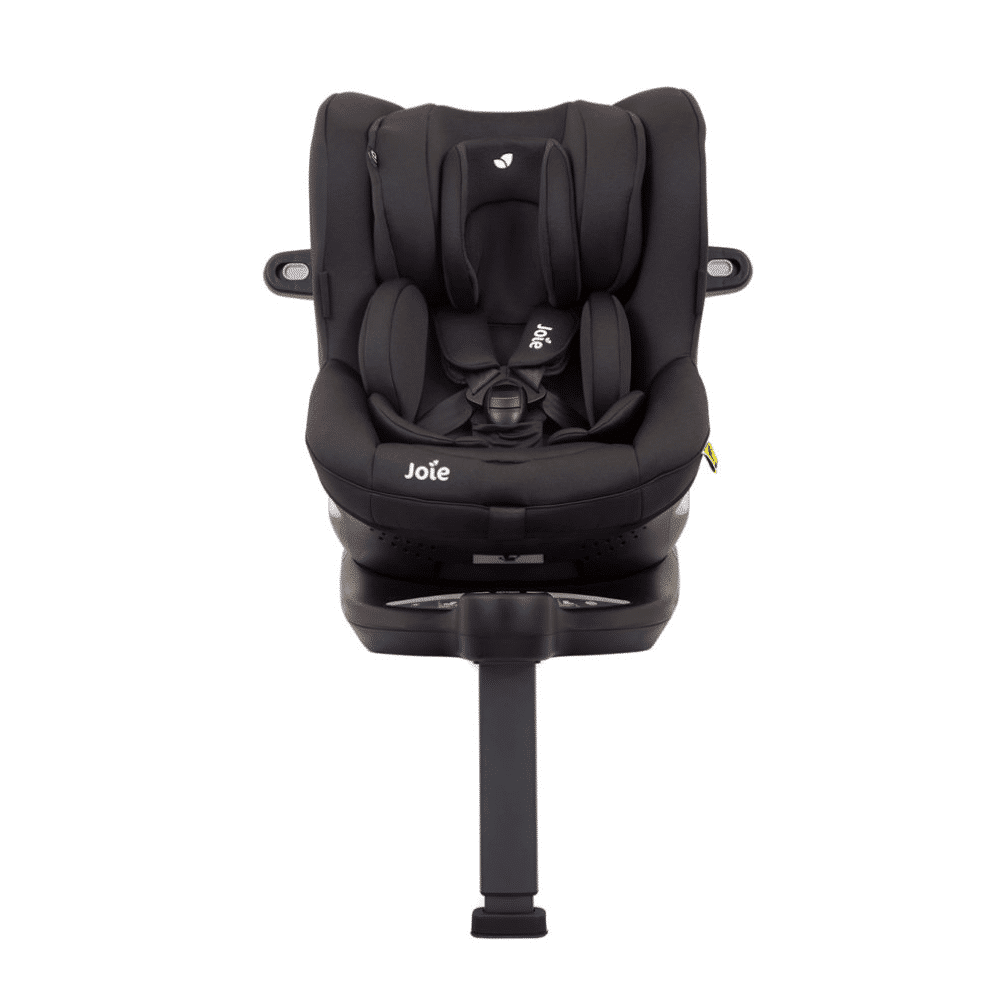Weaning Tips
Introducing solid foods to your baby is a significant milestone in their development journey. Weaning marks the beginning of a whole new culinary adventure, filled with exploration, discovery, and, let’s face it, a fair amount of mess! But fear not! With the right tips and guidance, you can make this transition smoother for both you and your little one.
Timing is Key: Every baby is different, so there’s no one-size-fits-all approach when it comes to weaning. Most experts recommend starting around six months when your baby shows signs of readiness, such as sitting up with support and showing interest in what you’re eating. However, it’s essential to follow your baby’s cues and not rush the process.
Start Simple: Begin with single-ingredient purees or mashed foods to introduce your baby to new tastes and textures gradually. Cooked and pureed fruits and vegetables like sweet potato, avocado, banana, and apple are excellent first foods. Remember to introduce one new food at a time and wait a few days before introducing another to check for any allergies or reactions.
Consistency Matters: In the beginning, the texture of your baby’s food should be smooth and runny to prevent choking hazards. As they grow more accustomed to eating solids, you can gradually increase the thickness and lumpiness of the food to encourage chewing and development of oral motor skills.
Be Patient and Persistent: It’s normal for babies to make faces, spit out food, or refuse to eat during the early stages of weaning. Don’t get discouraged! Keep offering a variety of foods in small amounts and let your baby explore and experiment at their own pace.
Get Creative with Flavors: Don’t be afraid to experiment with different flavors and combinations to pique your baby’s interest. Just be sure to avoid salt, sugar, and honey in your baby’s food, as their kidneys and teeth are still developing.
Make Mealtime Fun: Turn feeding time into a fun and interactive experience by engaging your baby’s senses. Let them touch, smell, and explore their food with their hands (yes, it will get messy, but it’s all part of the learning process!). Use colorful plates and utensils, sing songs, or make funny faces to make mealtime enjoyable for both of you.
Gradually Transition to Family Foods: As your baby becomes more confident with eating solids, gradually introduce them to family meals. Offer them a variety of foods from all food groups, including fruits, vegetables, grains, protein, and dairy (or dairy alternatives). Encourage self-feeding with finger foods and small, manageable pieces to help develop their motor skills and independence.
Stay Flexible and Responsive: Your baby’s appetite and preferences will evolve over time, so be prepared to adapt and adjust your approach accordingly. Pay attention to their hunger and fullness cues, and don’t force them to eat if they’re not interested. Trust their instincts and let them take the lead in their feeding journey.
Remember, every baby is unique. The most important thing is to create a positive and nurturing environment that fosters healthy eating habits and a lifelong love of food. Enjoy this special time of exploration and discovery with your little one, and embrace the messiness and joy that comes with it!











